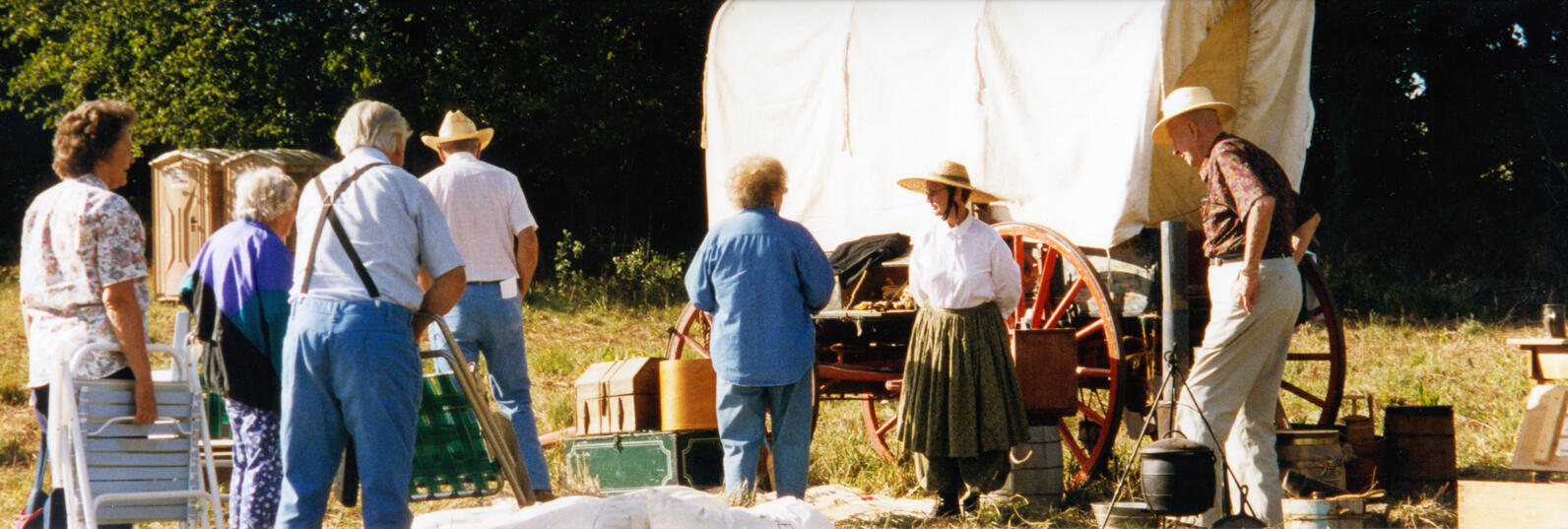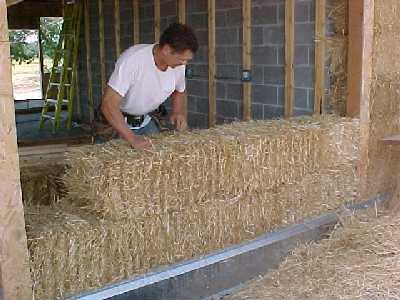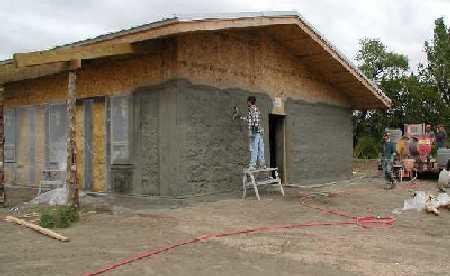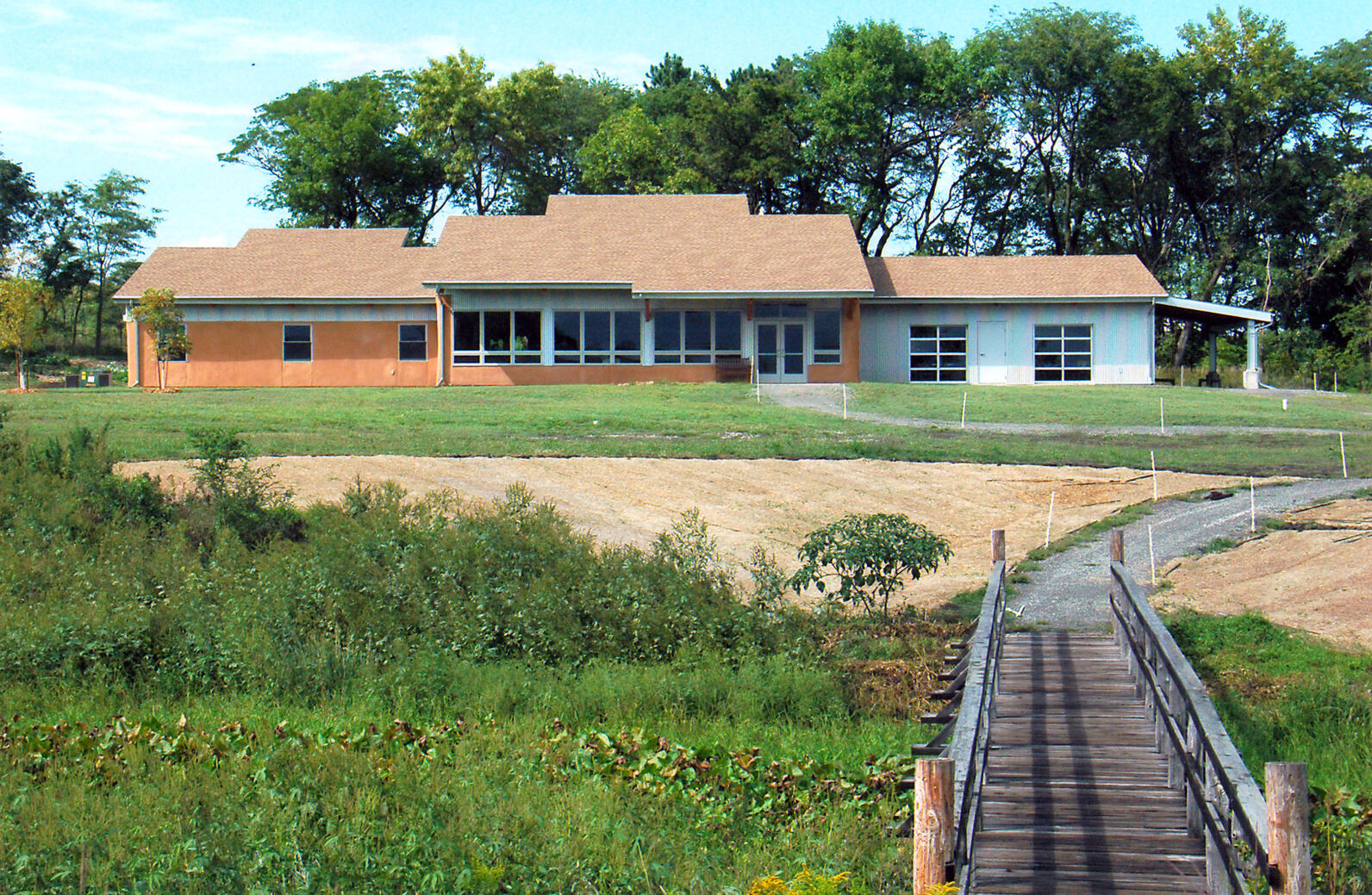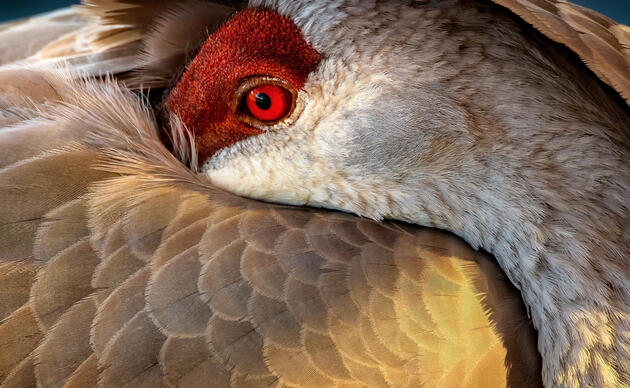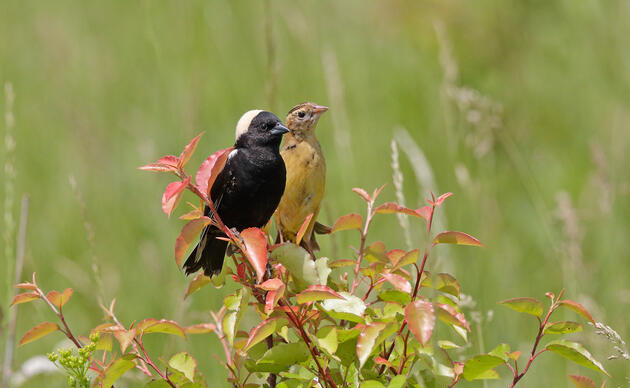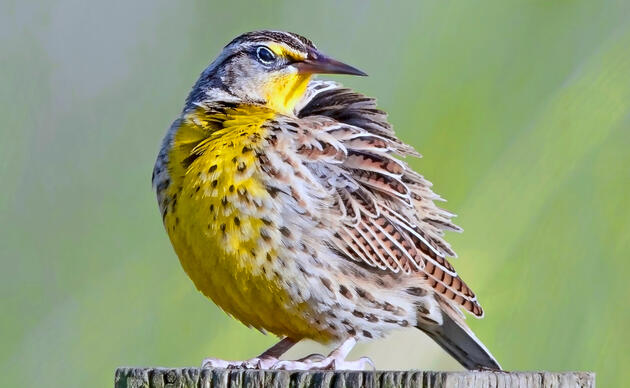A History of Audubon in Nebraska
2019 – Jason "The Birdnerd" St. Sauver of Audubon Nebraska is named the Tamar Chotzen Audubon Educator of the Year by the National Audubon Society.
2016 - Spring Creek Prairie enters into an agreement with Lincoln’s Community Learning Centers to offer its first series of week-long summer camps for youth. The students served by this program come from CLC programs embedded within diverse and historically under-served areas of Lincoln.
2014 – 40th anniversary of Rowe Sanctuary celebrated with special event at the Museum of Nebraska Art in Kearney. One mile of river frontage protected at Rowe Sanctuary with purchase of 589 acres (formerly known as Pierce property - $2.4 million raised for purchase and restoration), completing core of habitat protection in 5-mile river segment between Minden and Gibbon bridges. New interactive exhibits installed at Spring Creek Prairie Audubon Center that celebrate the natural and cultural history of our tallgrass prairie.
2013 – Fifty acres of land just south of Spring Creek Prairie is purchased to protect prairie, bringing the Center’s property total to 850 acres.
2012 – Keanna Leonard of Iain Nicolson Audubon Center at Rowe Sanctuary is named the Tamar Chotzen Audubon Educator of the Year by the National Audubon Society. Spring Creek Prairie named one of the top 50 Ecotourism sites in the Great Plains by the Center for Great Plains Studies at UNL.
2011 – U.S. Interior Secretary Ken Salazar visited Rowe Sanctuary in March to highlight the work of the U.S. Fish and Wildlife Service, private landowners, and many other partners in Nebraska to protect, restore, enhance, and manage Rainwater Basin wetlands. National Audubon Society President David Yarnold spoke at the Rivers and Wildlife Celebration in Kearney in March. Also in March, Jane Goodall attended the Northern Great Plains Regional Roots and Shoots Summit at Spring Creek Prairie Audubon Center.
2009 – Spring Creek Prairie Audubon Center completes the first year of the ten-year Prairie Immersion Project. One-half of all fourth-grade students from the Lincoln Public School system will visit the prairie each fall. Deb Hauswald of Spring Creek Prairie Audubon Center is named the Tamar Chotzen Audubon Educator of the Year by the National Audubon Society. Two new sites are added to the Important Bird Areas roster: the Greater Gracie Creek Landscape and the Aldrich Prairie Research Site.
2008 – Rowe Sanctuary completes purchase of 200 acres of riverfront land, the Younkin acquisition, bringing the sanctuary's total acreage to 1,900. Marian Langan of Spring Creek Prairie Audubon Center receives national TogetherGreen Conservation Fellowship.
2007 – A State Historical Marker is placed at Spring Creek Prairie, memorializing the existing wagon ruts from the Nebraska City-Fort Kearny Cutoff to the Oregon Trail. The Center is honored by the Nebraska Statewide Arboretum with a Blazing Star Award for "significant contributions in native plant horticulture or the restoration of native plant communities in Nebraska."
2006 – Spring Creek Prairie Audubon Center receives a Tributary Award from the Lower Platte South Natural Resources District for dedication to environmental education. A grand opening ceremony is held to officially open the new education building at Spring Creek Prairie Audubon Center. The 6,400-sq.-ft. structure was built to accommodate more visitors and provide more space for public and school programs. Audubon purchases 168 acres of land just east of Spring Creek Prairie, bringing the property's total acreage to 808 acres. Preventing development on this property was critical to the health of this habitat complex. Audubon purchases 200 acres of land just west of Rowe Sanctuary, south of the river. This land is directly along the river and protects an additional mile of important sandhill crane roosting habitat. Spring Creek Prairie Audubon Center receives Environmental Education and Awareness Award from Lincoln-Lancaster County Department of Health for the sustainable design and construction of the new education building.
2005 – Ten more sites are selected as Important Bird Areas. With the combining of several IBAs chosen in 2004 into one IBA, the state list now stands at 24. Construction begins on the new education building/visitors center at Spring Creek Prairie Audubon Center.
2004 – The IBA technical review committee selects its first group of 16 Important Bird Areas. Dedication ceremonies are held at two of the sites, Spring Creek Prairie Audubon Center and Rowe Sanctuary.
2003 – Audubon Nebraska begins an Important Bird Areas effort to recognize the best areas in Nebraska for birds and to educate everyone on the value of birds and the habitats that support them. Senator Bob Kerrey and Senator Jim Exon receive Audubon's Fred Thomas Nebraska Stewards Award for their work on behalf of the environment. Wachiska Audubon Society donates Wachiska Woods, a 16-acre woodland adjoining Spring Creek Prairie Audubon Center, to Audubon. Inaugural crane season for new Iain Nicolson Audubon Center at Rowe Sanctuary sees over 14,000 visitors, more than double the previous high for attendance. The Wachiska Audubon Society celebrates its 30th anniversary. Construction completed on the new Iain Nicolson Audubon Center at Rowe Sanctuary.
2002 – Spring Creek Prairie Audubon Center's trail ruts are officially listed on the National Register of Historic Places, the nation's inventory of historic properties considered worthy of preservation. The ruts are part of the Nebraska City-Fort Kearny Cutoff to the Oregon Trail and were active in the 1850's and 1860's. The $1.6 million campaign to build a 6,400-sq.-ft. education/visitor facility at Rowe Sanctuary is successfully completed. Spring Creek Prairie Audubon Center receives the Lincoln-Lancaster County Environmental Education and Awareness Award in recognition of Audubon's efforts to provide environmental education programs to the community.
2001 – Rowe Sanctuary hires its first full time educator to design and implement nature education programs for local schools. Audubon Nebraska receives the national Friends of the Trail Award from the Oregon-California Trails Association for preserving and protecting historic wagon ruts at Spring Creek Prairie.
2000 – Wachiska Audubon Society purchases 16 acres of land adjoining Spring Creek Prairie Audubon Center, enlarging the site to 626 acres.
1999 – Audubon Nebraska secures passage of its own legislation that bans the location of large confined hog and cattle feeding facilities in the watersheds of our highest quality streams, many of which support breeding populations of trout. The Audubon Society of Omaha receives the Omaha World-Herald's Conservationist of the Year Award for their efforts on behalf of Heron Haven.
1998 – Audubon purchases the O'Brien Ranch, preserving one of the largest parcels of tallgrass prairie left in the state. The ranch is renamed Spring Creek Prairie, and the organization embarks on an effort to turn the property into a premier prairie education center and sanctuary. The Big Bend Audubon Society absorbs the Grand Island and Hastings chapters.
1997 – Audubon opens a state office in Nebraska. Helped by the participation of Audubon and the Platte River Whooping Crane Trust in the relicensing of Kingsley Dam, the states of Nebraska, Wyoming, and Colorado sign a cooperative agreement to address endangered species issues on the central Platte with a basin-wide approach.
1996 – Audubon Nebraska defends the Nebraska Game and Parks Commission's application to protect flows for fish and wildlife on the Platte River. With only one week to respond to a secret agreement between three of the seven members on the Commission and a powerful coalition of irrigators, power districts, farm groups, and NRDs, Audubon ran a full-page ad in the Omaha World-Herald, which forced a delay and eventual rejection of the agreement.
1995 – The Wildcat Audubon Society plays a major role in raising funds and community support for the completed Wildcat Hills Nature Center by the Nebraska Game and Parks Commission.
1994 – The Wachiska Chapter obtains a conservation easement on the Wulf Prairie, which marks the start of an effort to preserve prairies throughout the 17-county region the chapter serves.
1993 – Audubon co-sponsors an event at the University of Nebraska library commemorating John James Audubon's 1843 expedition up the Missouri River. The event includes a showing of Audubon prints and talks by his great-granddaughter.
1992 – The Audubon Society of Omaha succeeds in saving a 25-acre wetland in the middle of the city, naming it Heron Haven, now managed by the Papio-Missouri Natural Resources District.
1991 – President Bush signs legislation designating the Niobrara River as a National Wild and Scenic River, rewarding years of effort by Nebraska's Audubon volunteers to achieve the designation, which included taking trips to Washington, D.C. to testify.
1990 – Nine years of Audubon opposition to the Two Forks Dam culminates when the Environmental Protection Agency rules against construction. The Audubon Society of Omaha receives extensive publicity for "bar hopping," as they come to the Rowe Sanctuary to remove woody growth from the islands and sandbars on the river. The National Audubon Society acquires 218 acres on the Niobrara River to preserve as a sanctuary, which later becomes the Fred Thomas preserve owned by the Nebraska Game and Parks Commission.
1989 – "Crane River" debuts on The World of Audubon. Narrated by Leonard Nimoy, the film highlights the importance of the Platte River for cranes and other wildlife, as well as the various threats from additional water projects such as the Two Forks Dam near Denver.
1988 – The Audubon Society of Omaha teams up with the Raptor Recovery Center and the Nebraska Game and Parks Commission to release 22 peregrine falcons on the roof of the Woodmen Tower in Omaha.
1986 – The Norden Dam on the Niobrara River is de-authorized, much to the delight of many Audubon members whose tireless efforts were instrumental in helping to preserve the river. Governor Bob Kerrey signs a proclamation designating April as Audubon month, commemorating the 200th birthday of John James Audubon.
1985 – To give Audubon chapters a statewide voice and a means to network, chapter leaders form the Nebraska Audubon Council. The National Audubon Society hires a manager for Rowe Sanctuary and Audubon members volunteered workdays to help improve the sanctuary.
1981 – The Wachiska Chapter holds its first annual Prairie Festival.
1980 – Audubon helps to organize landowners along the Niobrara River to oppose construction of the Norden Dam.
1978 – The Wildcat Audubon Society is chartered as an Audubon chapter, taking its name from the beautiful Wildcat Hills near Scottsbluff. The roots of the chapter extend back to 1952, when the group first formed to be a nature club. Chapters were also formed in northeast Nebraska and north central Nebraska near the Niobrara River. The Wachiska Chapter leases Nine-Mile Prairie from the Lincoln Airport Authority, starting a sequence of events that will culminate in the preservation of the historic prairie by the University of Nebraska Foundation.
1976 – The Wachiska Chapter establishes the Raptor Recovery Center as a Bicentennial project.
1975 – Water projects that would have further drained vital flows needed by sandhill cranes, whooping cranes, and other migratory waterfowl were being proposed for the Platte River. Led by Audubon, the Midstate Project, the largest and most threatening of the proposed diversions, is defeated in a local referendum. This effort led directly to the formation of the Big Bend Audubon Society in Kearney, as well as chapters in Grand Island and Hastings.
1974 – National Audubon Society purchases the Lillian Annette Rowe Sanctuary near Gibbon, eventually preserving four miles of the finest remaining crane habitat on the river. The sanctuary was also the first land to be protected for migratory waterfowl on the central Platte.
1973 – The Wachiska Audubon Society forms in Lincoln and serves 17 counties in southeast Nebraska.
1971 – The Omaha Birding Club votes to become the Audubon Society of Omaha, the first officially chartered chapter in the state.
1970 – The first Spring River Conference is held in Grand Island. The conference would soon move to Kearney and eventually be renamed the Rivers and Wildlife Celebration and then Audubon’s Nebraska Crane Festival. It is one of the longest-running wildlife events in the country.
1913 – The National Association of Audubon Societies partners with the City of Valentine to construct the bison enclosure at the Fort Niobrara National Wildlife Refuge. In the early part of the century, Audubon was instrumental in bison preservation because of the efforts of its vice president, who was also president of the American Bison Society.
How you can help, right now
Support Rowe Sanctuary
Help us continue our important work for Sandhill Cranes and other birds that rely on the Platte River ecosystem!
Support Spring Creek Prairie
We are able to provide and protect this amazing landscape only with the help of private donations. Help us keep the trails open and the prairie thriving!
Support Audubon in the Great Plains
Support our work with local landowners, urban woods and prairies, and education programs in Nebraska and the Dakotas!

